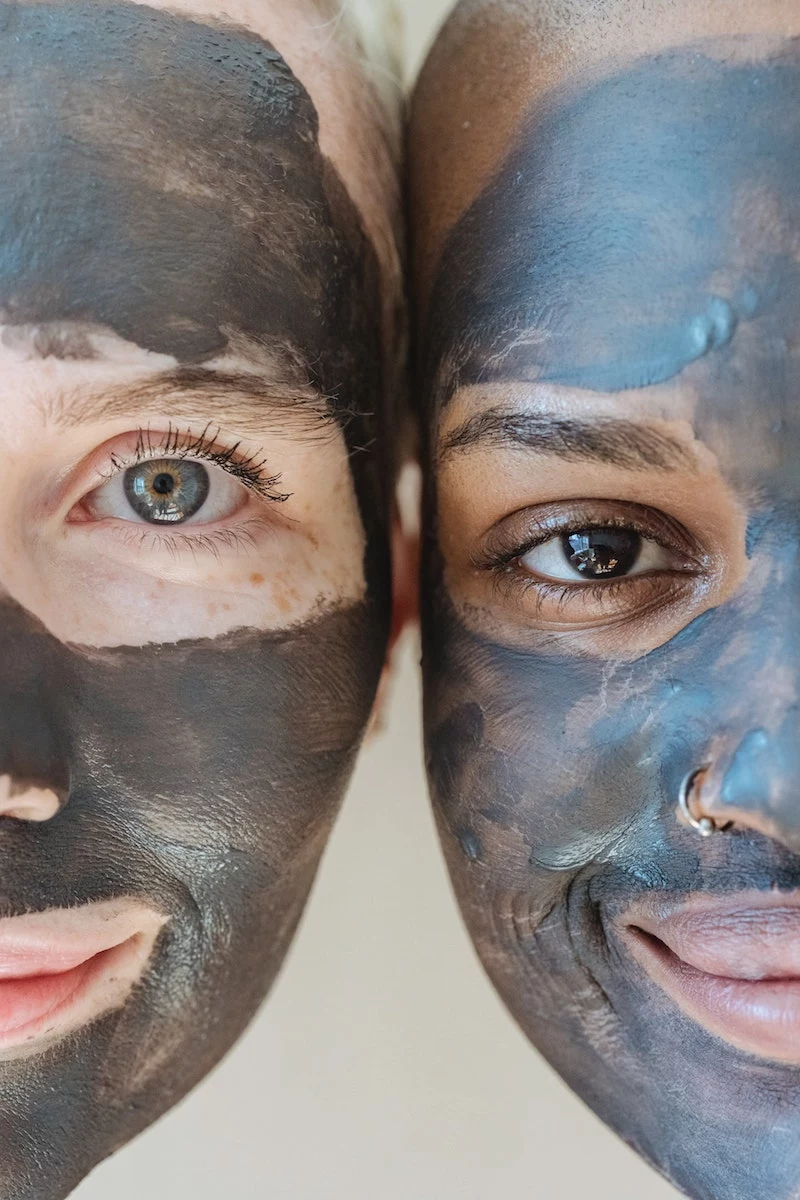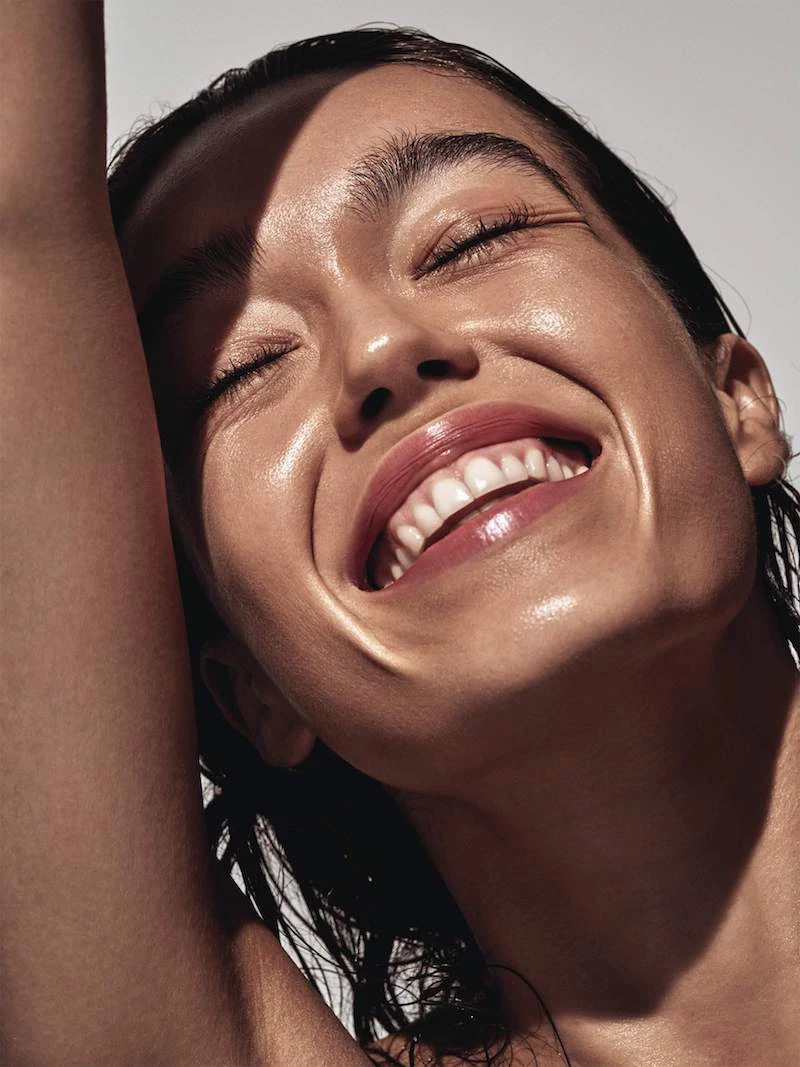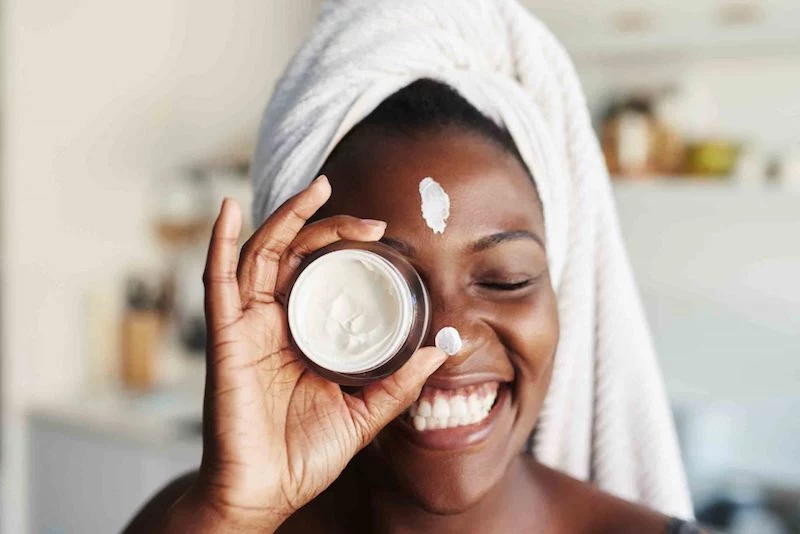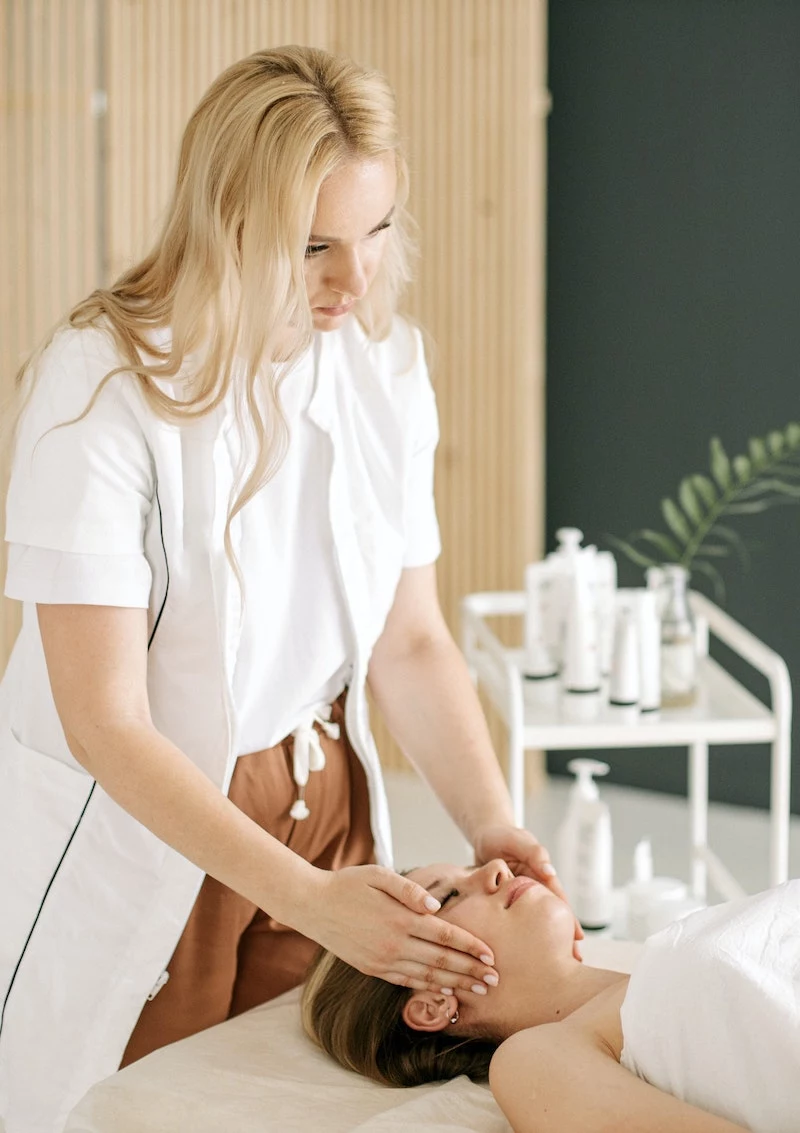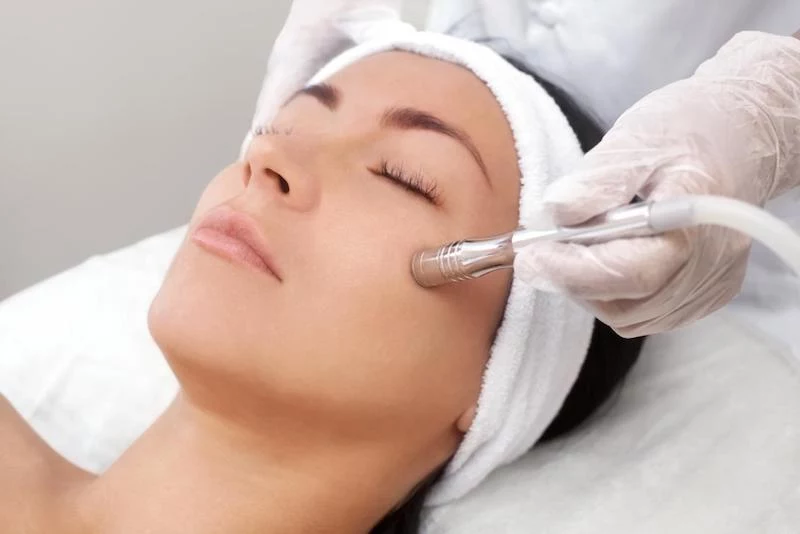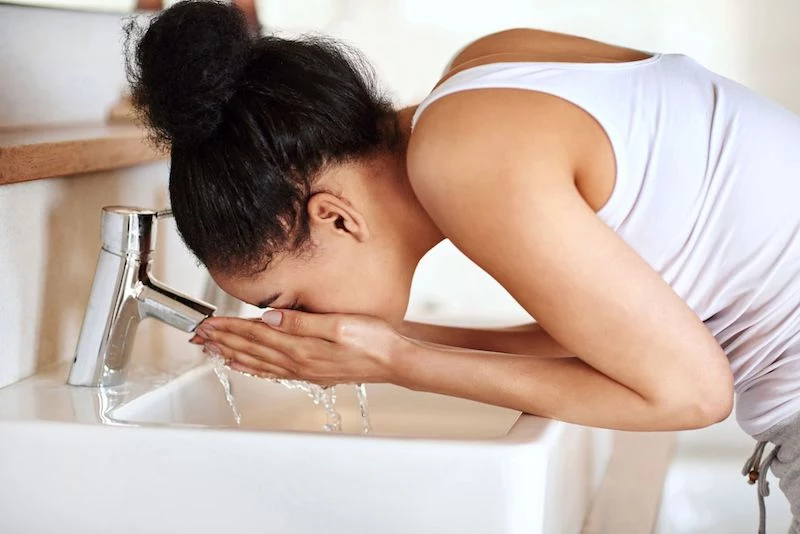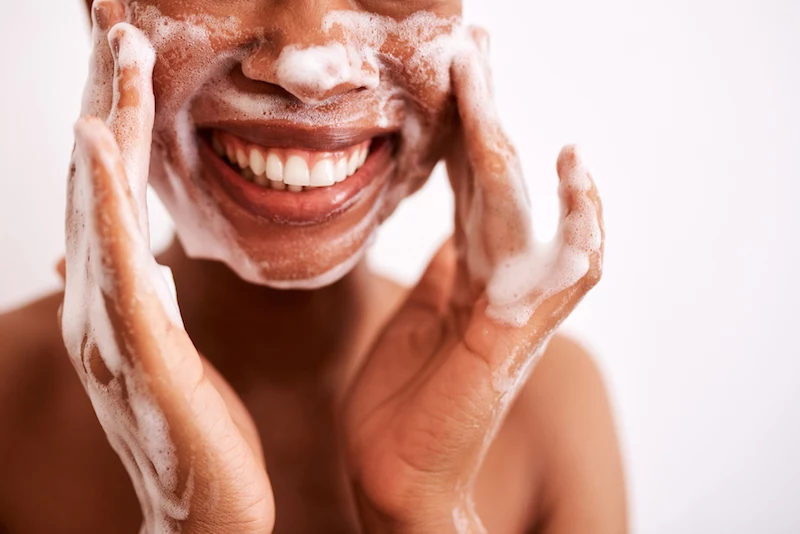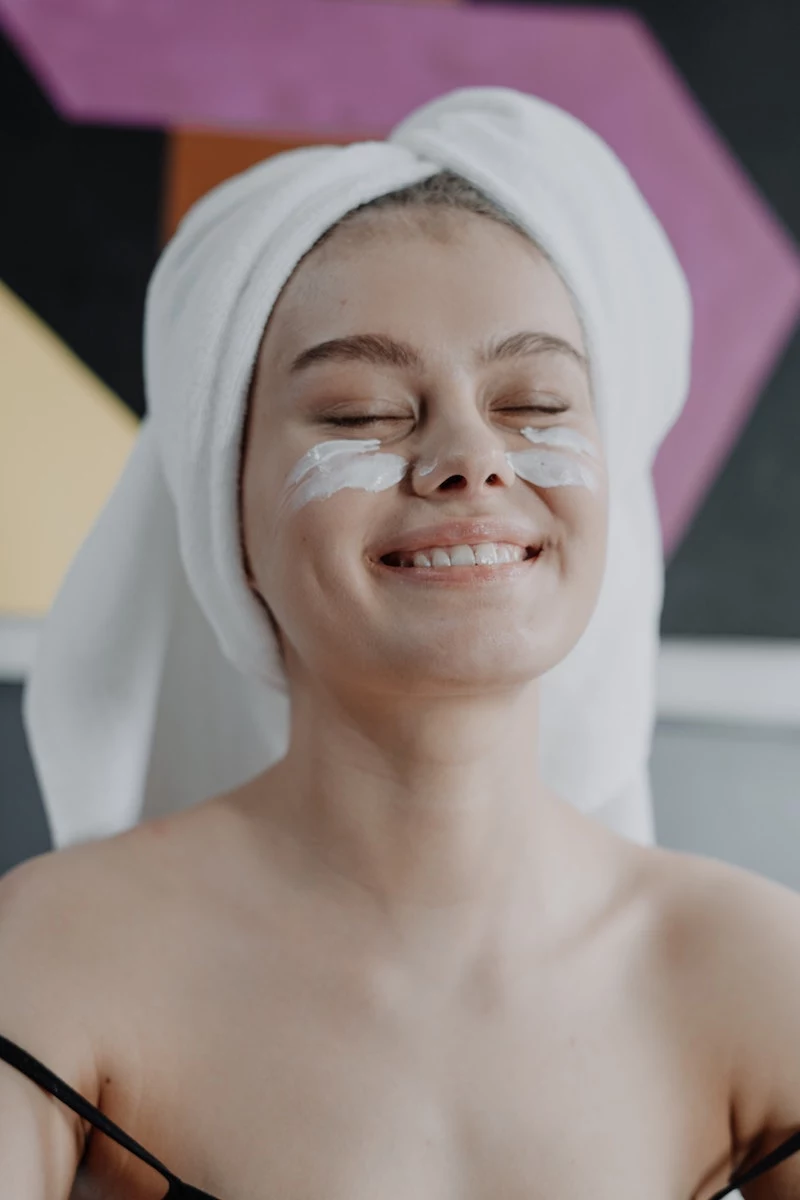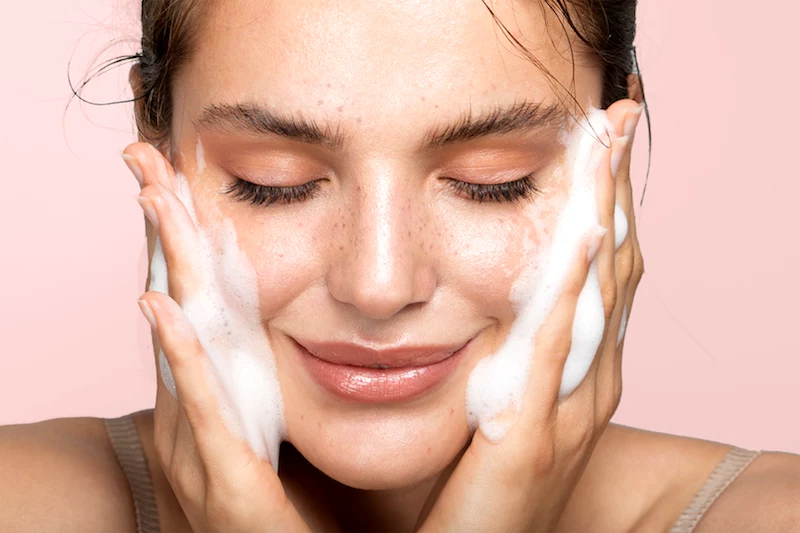Sick of Blackheads? Here’s What Actually Works (From a Pro)
Alright, let’s talk about blackheads. As someone who’s spent years helping people with their skin, I can tell you that almost everyone comes to me frustrated by these stubborn little dots. They’ve usually tried scrubbing them, squeezing them, and using those pore strips, often leaving their skin red and angry.
In this article
So, first things first, let’s clear up a huge myth. That dark spot isn’t dirt. I repeat: IT IS NOT DIRT. Once you get that, you’re on the right track to actually fixing the problem.
Getting rid of blackheads for good isn’t about finding one miracle product. It’s about playing the long game with a smart, consistent routine that works with your skin, not against it. Forget the aggressive tactics. We’re going to focus on what the pros know actually works, and how you can do it safely at home. Patience is key here, not force.
So, What is a Blackhead, Really?
To put it simply, a blackhead is just a clogged pore. Your skin has tiny openings all over it, and inside each is a hair follicle and a gland that produces your skin’s natural oil, called sebum. Sebum is a good thing! It keeps your skin moisturized and protected.
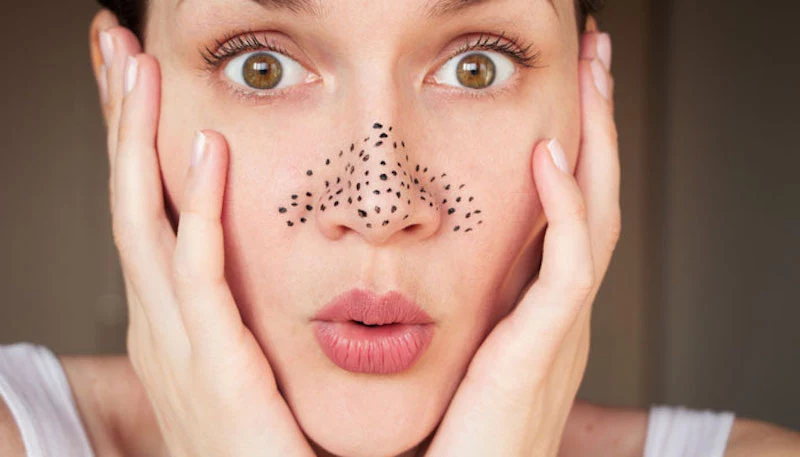
But sometimes, that system goes a little haywire. Your glands might produce too much oil, and at the same time, the skin cells inside the pore don’t shed properly. This creates a sticky, waxy plug. Because the top of the pore is open, the gunk inside gets exposed to the air. When it hits oxygen, it oxidizes—the same chemical reaction that turns a cut apple brown. That’s what creates the dark color.
It’s not dirt. It’s just oxidized oil and skin cells.
You’ll notice them most on your nose, chin, and forehead—the classic T-zone. Why? Because that area naturally has way more oil glands. More oil means a higher chance of clogs. Simple as that.
Your Core At-Home Game Plan
Consistency is everything. A simple daily routine will do more for your skin than any random, aggressive treatment. The goal is to keep pores clear without destroying your skin’s protective barrier.
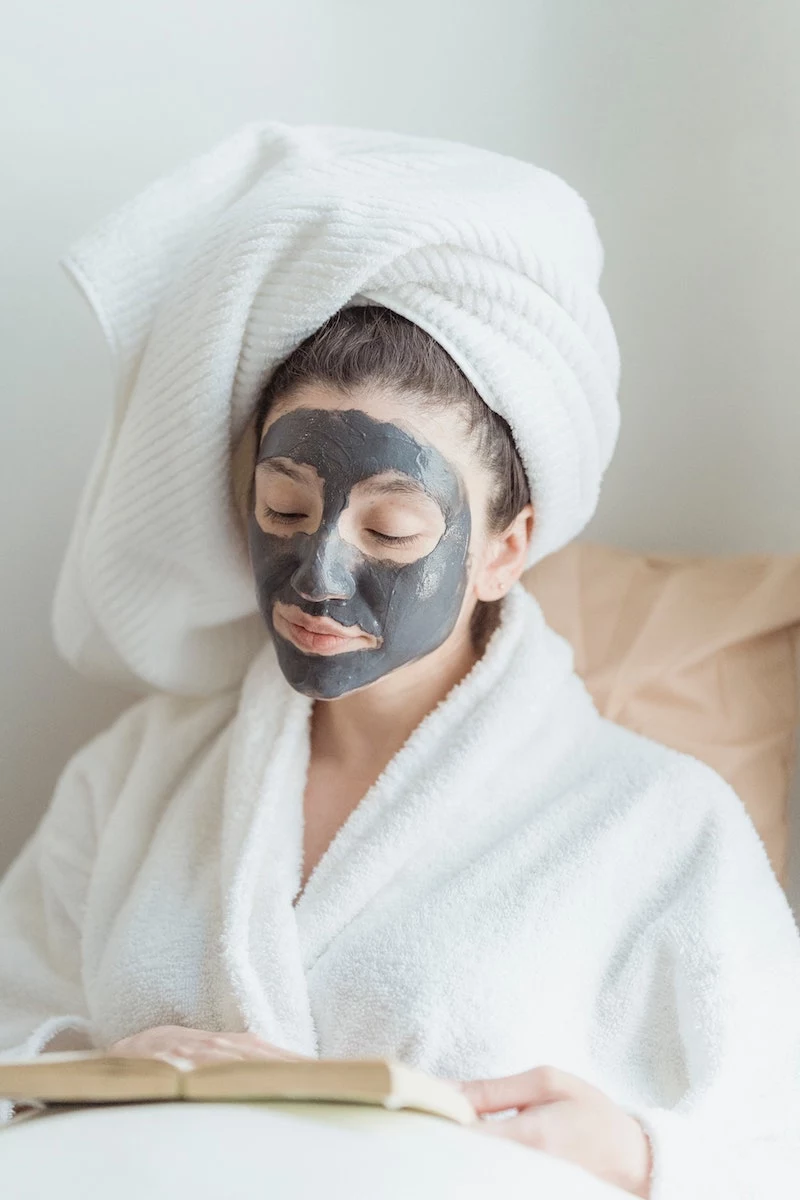
1. Cleanse the Right Way
This sounds basic, but it’s crucial. If you wear makeup or sunscreen (and you should be wearing sunscreen!), you need to double cleanse at night. Start with an oil-based cleanser to melt everything off, then follow up with a gentle, water-based one to wash it all away.
Look for cleansers labeled “non-comedogenic”—a fancy way of saying they won’t clog your pores. Also, try to find one that’s “pH-balanced.” Super harsh, alkaline cleansers can strip your skin, leading to irritation and, you guessed it, more breakouts. A gentle cleanser is always the safest bet.
2. Exfoliate Smarter, Not Harder
This is the secret weapon for blackheads. Exfoliation clears out the dead skin cells that create the plug in the first place. But please, step away from the harsh, gritty scrubs made with things like crushed nuts. They can cause micro-tears in your skin, which is a recipe for disaster.

The Pro’s Choice: Chemical Exfoliants
These are acids that gently dissolve the ‘glue’ holding dead skin cells together. They are way more effective and kind to your skin. Here’s the breakdown:
-
For Deep Pore Cleaning (The Gold Standard): Salicylic Acid (BHA). This is a beta-hydroxy acid, and its superpower is that it’s oil-soluble. That means it can get deep down inside the oily pore and dissolve the clog from within. You’ll find it in concentrations from 0.5% to 2%. A good drugstore BHA cleanser, like the CeraVe Renewing SA Cleanser, will run you about $15. For a more potent leave-on treatment, a cult favorite is the Paula’s Choice 2% BHA Liquid Exfoliant, which costs around $35 but lasts a long time.
-
For Surface Texture and Glow: Alpha-Hydroxy Acids (AHAs). Think glycolic and lactic acid. These are water-soluble, so they work on the surface of your skin. They’re amazing for making your skin look brighter and smoother, which helps prevent future clogs. They’re a great partner to BHAs but can’t get into the pore quite as well. The Ordinary’s Glycolic Acid 7% Toning Solution is a super affordable option at under $15.
-
For Sensitive Skin: Polyhydroxy Acids (PHAs). These are the gentle giants of the acid world. They have a larger molecule size, so they don’t penetrate as deeply or as quickly, which means much less irritation. If you’ve found other acids too harsh, PHAs are for you.
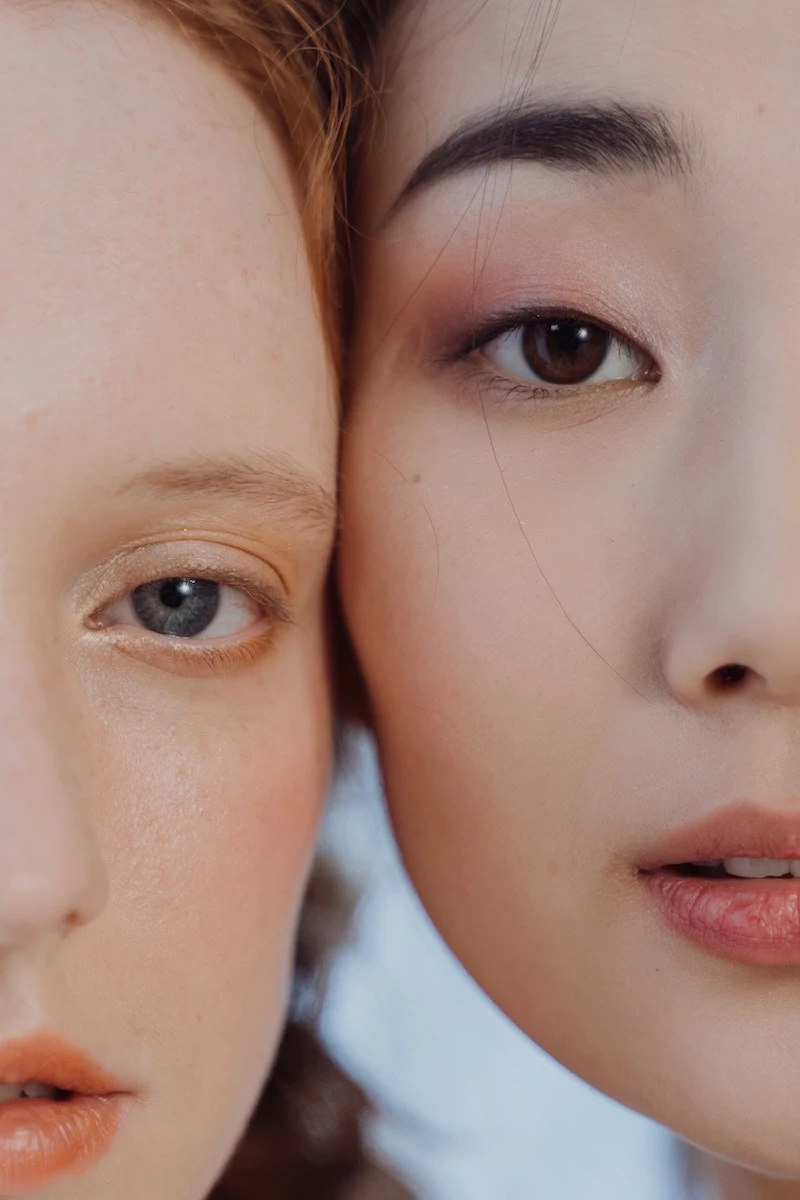
Quick Tip: When you start using any acid, begin with just 2-3 times a week at night to see how your skin handles it. Don’t go all-in from day one!
3. Bring in the Heavy Hitters: Retinoids
Retinoids are a form of Vitamin A, and honestly, they’re one of the most proven ingredients in skincare. For blackheads, they work by speeding up your skin cell turnover. This basically keeps the pore-lining clean and stops the plugs from forming in the first place.
-
Over-the-Counter (OTC): The best place to start is with adapalene gel. Differin Gel 0.1% used to be prescription-only but is now available at any drugstore for about $15-$20. It’s fantastic for blackheads and whiteheads. Retinol is another option, with brands like The Inkey List Retinol Serum offering a gentle start for around $12.
-
Prescription-Strength: Tretinoin is more powerful but requires a visit to a dermatologist.
Heads up! Retinoids are serious business. They must only be used at night because they make your skin very sensitive to the sun. Wearing a broad-spectrum sunscreen of at least SPF 30 every single day is non-negotiable. You might also go through a phase where your skin gets dry and flaky, and your acne might even get a little worse before it gets better (we call this ‘the purge’).
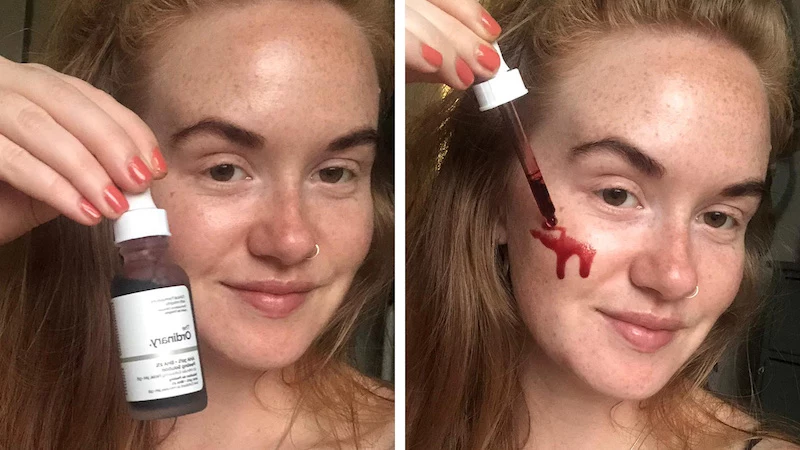
Lesser-known trick: To get through the flaky phase, try the “sandwich method.” Apply a thin layer of moisturizer, wait a minute, apply a pea-sized amount of your retinoid, wait again, and then apply another layer of moisturizer on top. It helps buffer the irritation without reducing the effectiveness too much.
4. Add Some Supportive Players
-
Niacinamide: This is a form of vitamin B3 that does a bit of everything—it helps control oil, reduces redness, and supports your skin barrier. It plays nicely with both acids and retinoids.
-
Clay or Charcoal Masks: Think of these as a weekly deep clean. Masks with kaolin or bentonite clay are great for soaking up excess surface oil. They can make your pores look temporarily smaller and tighter. Use one once a week, but always moisturize afterward because they can be drying.
A Sample Routine to Stop the Guesswork
Feeling overwhelmed? Let’s put it all together. Here’s a simple, effective routine you can follow. Remember to alternate your ‘active’ nights.
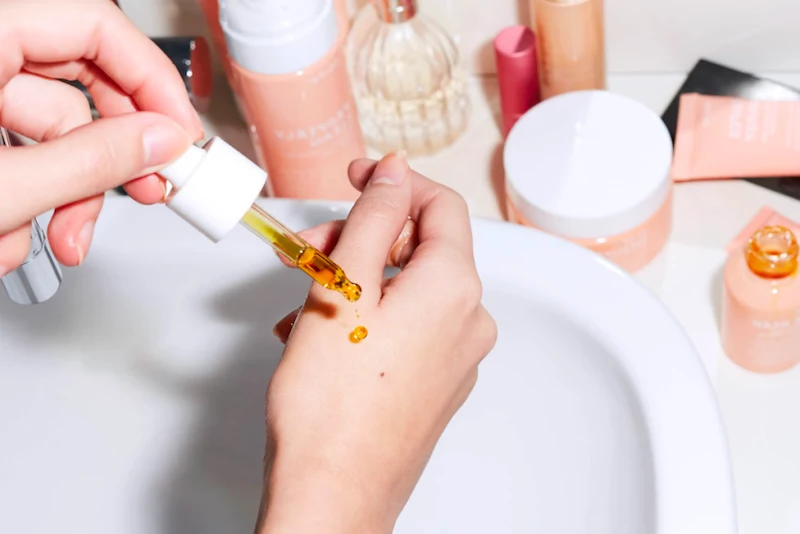
-
Morning (AM): Keep it simple. Rinse with water or use your gentle cleanser, apply a moisturizer, and finish with sunscreen (SPF 30+).
-
Evening (PM):
- Step 1: Double cleanse (oil cleanser first, then your gentle water-based cleanser).
- Step 2: On alternate nights, apply your ‘active’ ingredient to dry skin.
- Night A: Use your BHA or AHA serum.
- Night B: Use your Retinoid (Differin, Retinol).
- Night C: Give your skin a break! Just cleanse and moisturize.
- Step 3: Finish with a good, non-comedogenic moisturizer.
-
Chemical Peels: These use higher-strength acids to deeply exfoliate and clear pores. A series of salicylic acid peels can work wonders. Expect to pay between $150 and $400 per peel, depending on your location and the clinic.
-
HydraFacial: This is like a vacuum for your pores. A machine uses vortex suction to pull out gunk while infusing your skin with active ingredients. It’s a fantastic deep-cleaning treatment with no downtime, but it’s pricey—usually $175 to $300 a session.
- Fewer clogged pores and breakouts over time.
- A smoother, more refined skin texture.
- A calmer, less irritated complexion.
- Bentonite Clay: Highly absorbent, it’s a powerhouse for drawing excess oil and impurities from deep within the pores. Ideal for very oily skin types.
- Kaolin Clay: A much gentler option, Kaolin (or white clay) provides mild exfoliation and absorbs less oil, making it perfect for sensitive or combination skin that still needs a good clarifying treatment.
Never use an acid and a retinoid on the same night when you’re starting out. Let your skin adjust.
A Word on Squeezing… Just Don’t.
I can’t tell you how many clients I’ve seen with scars or dark spots from trying to squeeze their own blackheads. Honestly, I’ll never forget a young woman who came in with deep, pitted scarring on her nose from trying to use one of those cheap metal loop tools at home. We spent months trying to fix the damage. It’s just not worth it.
When you squeeze, you can easily rupture the pore wall underneath the skin, spilling bacteria into the surrounding tissue. This turns a simple blackhead into a huge, painful, inflamed pimple that can leave a permanent mark.
When a pro does an extraction, we first soften the plug with steam or a special solution. We use a sterile tool at the perfect angle with steady, gentle pressure. And most importantly? We know when to stop. If a clog won’t budge, we leave it for another day. Forcing it only causes trauma.
When You Need to Call in the Pros
If your routine isn’t cutting it, professional treatments can make a huge difference.
A Final Word of Advice
Treating blackheads is a marathon, not a sprint. It can take a solid 6-8 weeks of a consistent routine to see real, lasting change. So be patient.
And above all, be kind to your skin. A healthy, happy skin barrier is your best defense against almost any skin issue. If you’re really struggling or dealing with painful, inflamed acne, the best thing you can do is see a board-certified dermatologist. They can offer a personalized plan and prescription options that can change the game. It’s an investment in your skin’s long-term health.
Inspirational Gallery
Salicylic Acid (BHA): This is your best friend for blackheads. Because it’s oil-soluble, it can penetrate deep inside the pore lining to dissolve the mixture of sebum and dead skin cells that creates the clog. It’s an exfoliant that works from the inside out.
Benzoyl Peroxide: While excellent for red, angry pimples (inflammatory acne) due to its antibacterial properties, it doesn’t dissolve clogs as effectively as BHA. It works more on the surface and can be quite drying.
For true blackheads, a BHA-based product like a cleanser or leave-on treatment from CeraVe or Paula’s Choice is the more targeted choice.
Did you know? The term ‘comedo’—the clinical name for a blackhead or whitehead—comes from the Latin word ‘comedere’, meaning ‘to eat up’. This reflects the old, incorrect belief that the contents of the pore were being consumed by a worm.
Thankfully, we now know it’s just oxidized sebum, not a parasite! This little piece of trivia is a good reminder of how far skincare science has come and why we should trust modern, gentle methods over old, aggressive ones.
Wondering if your diet really affects your blackheads?
While the link isn’t as direct as ‘eat greasy food, get greasy skin,’ studies do point to high-glycemic foods (like white bread, sugary snacks, and sodas) as potential culprits. They can spike insulin levels, which in turn can increase sebum production and inflammation, creating a more favorable environment for clogged pores. You don’t need to be perfect, but being mindful of sugar intake can support your topical routine.
The secret to achieving this? Prioritizing your skin’s moisture barrier. So often, we try to strip away oil, but this just triggers more oil production. Instead, focus on adding hydration with ingredients like hyaluronic acid and ceramides. A happy, hydrated barrier is the foundation for clear skin.
For a powerful, next-level preventative treatment, consider adding a retinoid to your routine. Once only available by prescription, Adapalene 0.1% gel (sold under brand names like Differin or La Roche-Posay) is now over-the-counter. It works by normalizing skin cell turnover, preventing the ‘logjam’ of cells that clogs pores before it even starts. Introduce it slowly, just two or three nights a week, to build tolerance.
Important: Stop using pore strips. While the satisfaction of seeing the gunk on the strip is undeniable, they are a temporary and often harmful ‘fix’. The aggressive adhesive can irritate the skin, enlarge pores over time by stretching them, and break delicate capillaries, especially around the nose. They only remove the very top of the blackhead, leaving the root of the clog behind.
If you enjoy a weekly masking ritual, here are the best clays for decongesting pores:
